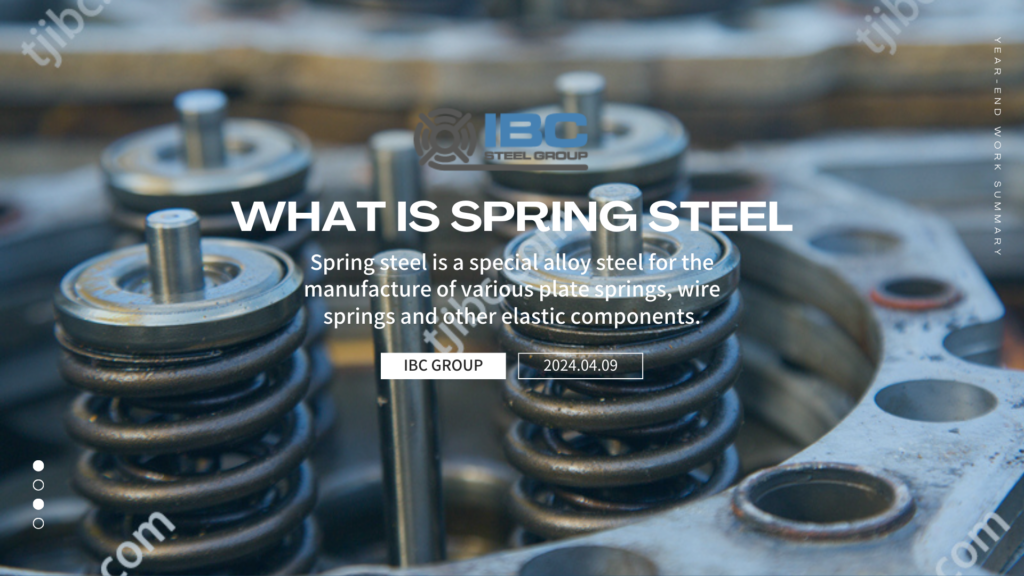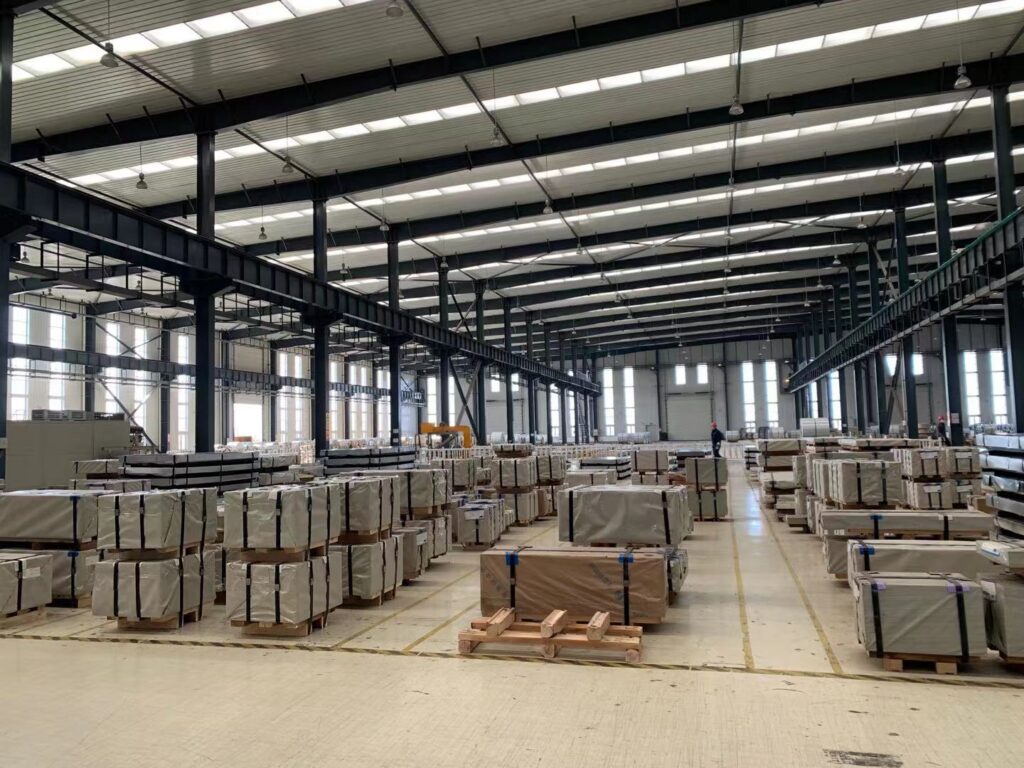What is Spring steel? It has high elastic limit and fatigue limit, as well as enough toughness and plasticity. According to the production method, this material can be divided into two types: hot rolled and cold rolled. According to the chemical composition, it can be divided into two types: carbon and alloy. Next, IBC Group will introduce you to the specific properties, production process and application range of this material.

Processing Property
Since the spring needs to be used under shock, vibration or long-term stress, the spring steel is required to have high tensile strength, elastic limit and fatigue strength. In addition, the process also requires this material to have certain hardenability, not easy to decarbonize, good surface quality and other characteristics.
In recent years, combined with steel trade resources. And according to the requirements of new design technologies such as automobiles and tractors, many factories have added boron, molybdenum and other elements on the basis of the development of silicon manganese steel. Such a manufacturing process can extend the service life of the spring, but also improve the quality of the product.

Manufacturing Process
The smelting of this steel is very important, must ensure that there is excellent metallurgical quality, not only to ensure the accurate chemical composition, but also to have high purity, sulfur, phosphorus, oxygen, nitrogen and other content to be low, steel uniformity, stability. The metallurgical quality of spring steel should reach the level of high quality steel and high quality steel.
In addition, its surface quality and dimensional accuracy have a great impact on the performance and life of the spring. Because the surface of the steel delivery state is no longer processed except for surface shot peening, it is the working surface of the finished spring. And various defects on the original surface are also left to the spring. Therefore, the steel surface requirements are extremely high. And the restrictions on decarbonization, cracking, folding, scarring, inclusion, delamination and so on are extremely strict. Various surface defects will cause early damage and shorten the life of the spring.
Taking the steel wire of circular section as an example, the strength and stiffness of the finished spring are directly proportional to the third power and fourth power of the steel wire diameter, respectively. And small changes in the steel wire diameter will lead to huge fluctuations in the performance of the spring. So the shape and dimensional tolerances of the steel should be strictly controlled. In this way, the processing deformation of spring steel (hot rolling, cold rolling, cold drawing, etc.) is very important and must be taken very seriously.

Applications of spring steel
1.65Mn: Manufacture all kinds of small section flat springs, circular springs, clockwork, etc. It can also make valve springs, spring rings, shock absorbers and clutch reed, brake springs, etc.
2.55Si2Mn/60Si2Mn/60Si2MnA: Manufacture a variety of springs, such as the plate springs of automobiles, locomotives, tractors, coil springs, cylinder safety valve springs and some important springs that work under high stress, and springs that wear seriously.
3.60Si2CrA/60Si2CrVA: Making steam turbine seal spring, regulating spring, condenser support spring, high pressure water pump dish spring, conventional weapon picking hook spring, crusher spring.
4.50CrVA: It is especially suitable for springs with high working stress amplitude and strict fatigue performance requirements. Such as valve springs, fuel injection nozzle springs, cylinder expansion rings, safety valve springs, etc.

Contact with us today!



